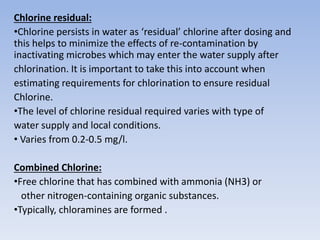free chlorine vs total chlorine in drinking water
How to check free combined and total chlorine levels. But in total chlorine it includes the combined which means the contaminants.
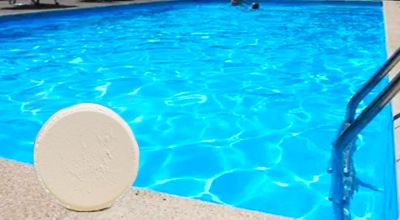
Free Chlorine Vs Total Chlorine Apure
Free chlorine refers to both hypochlorous acid HOCl and the hypochlorite OCl- ion or bleach and is commonly added to water systems for disinfection.

. The key difference between free chlorine and total chlorine is that the free chlorine is the amount of. Water that is absolutely pure will only have free chlorine as there is nothing to combine with. Combined chlorine should be a maximum of 05ppm.
Free chlorine is just about getting rid of the germs and cleaning the pool water. There are three main methods to test free chlorine residual in drinking water in the field in developing countries. But standard chemical tests only show two kinds of chlorine.
Free chlorine should always be between 1ppm and 3ppm. When free chlorine combines with contaminants it becomes combined chlorine otherwise known as chloramines. Total chlorine is the combination of free and combined chlorine.
True chlorine is very easy to test for in water when compared to free chlorine or combined chlorine which is why many of the more inexpensive chlorine measurement tests. The term total chlorine refers to the amount of free chlorine and combined chlorine together as. Ideal range 20 to 40 ppm safe.
Once chlorine is combined it has a decreased ability to disinfect. The level of total chlorine will always be higher than or equal to the level of free chlorine. For one if the total chlorine level and free chlorine level are equal T - F 0 no combined chlorine is present in the water.
Free chlorine is typically measured in drinking water disinfection systems using chlorine gas or. Total chlorine is all the chlorine present in the pool meaning it is free chlorine plus the combined chlorine. Nh 3 nh 2 cl nhcl 2 ncl 3.
The presence of free residual chlorine in drinking water is correlated with the absence of disease-causing organisms and thus is a measure of the potability of water. True chlorine is easy to test in water compared to free or bound chlorine which is why many cheaper chlorine measurement tests will specifically test for total chlorine. The main difference between free chlorine and total chlorine is the presence of chlorine in the water.
Methods to Test Free Chlorine in the Field in Developing Countries. Free chlorine is the amount of chlorine that remains from the actual. Basic chlorine test kits and strips will typically show you the total.
The selection of which. Free chlorine Chlorine exists as a molecule with the formula Cl2 and is a. Free bromine should be between 3ppm and 5ppm.
Our inclusive take on free. If the levels are out of the safe range do not allow swimmers in the pool until it is properly treated and the levels test within range. Chlorine concentrations are commonly measured as either total chlorine free chlorine or combined chlorine.
Total Chlorine is the sum of Free Chlorine and.

Chlorine Dose An Overview Sciencedirect Topics

Controlling Chloramination In Drinking Water Applications Yamatho Supply Llc

Chlorine Reactions With Water Download Scientific Diagram

Individual Test Kit Chlorine In Drinking Water Aquatic Equipment Design Inc
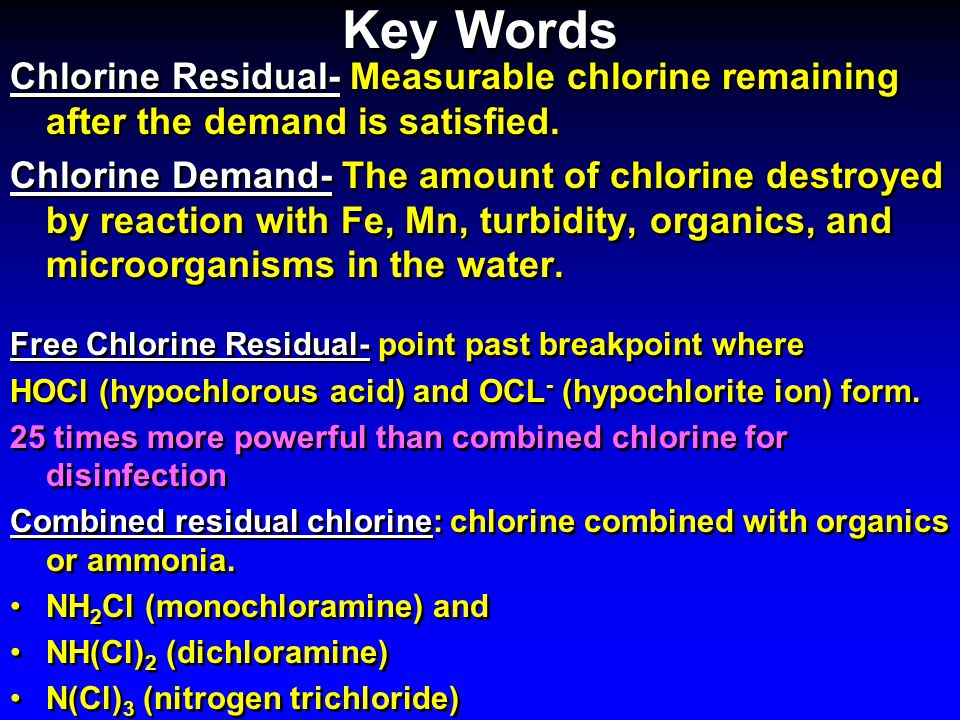
Chlorination In Waterworks Operation Ppt Download
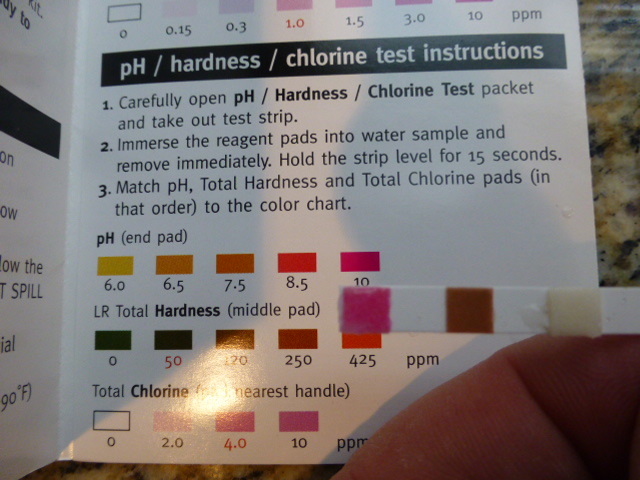
Tests For Chlorine How Why To Test For Chlorine In Drinking Water Wells Or Septic Wastewater

Free Chlorine Vs Total Chlorine Forbes Home

Chlorination Systems And Water Conditioning Hydrotech

How To Read Chlorine Test Strips Simplelab Tap Score

Guidance Manual For Disposal Of Chlorinated Water
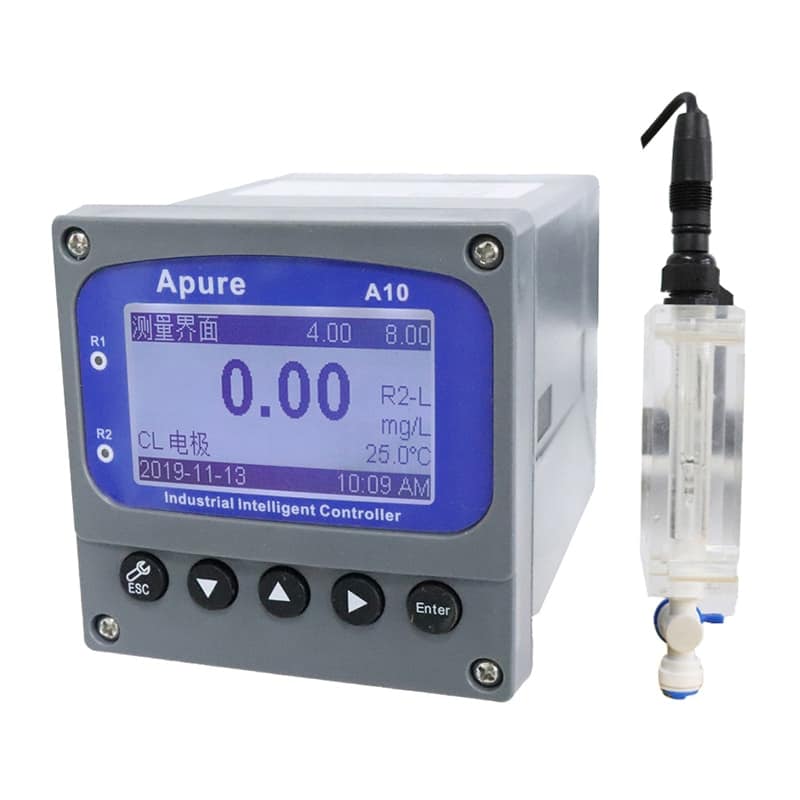
Free Chlorine Vs Total Chlorine Apure
Effects Of Assimilable Organic Carbon And Free Chlorine On Bacterial Growth In Drinking Water Plos One
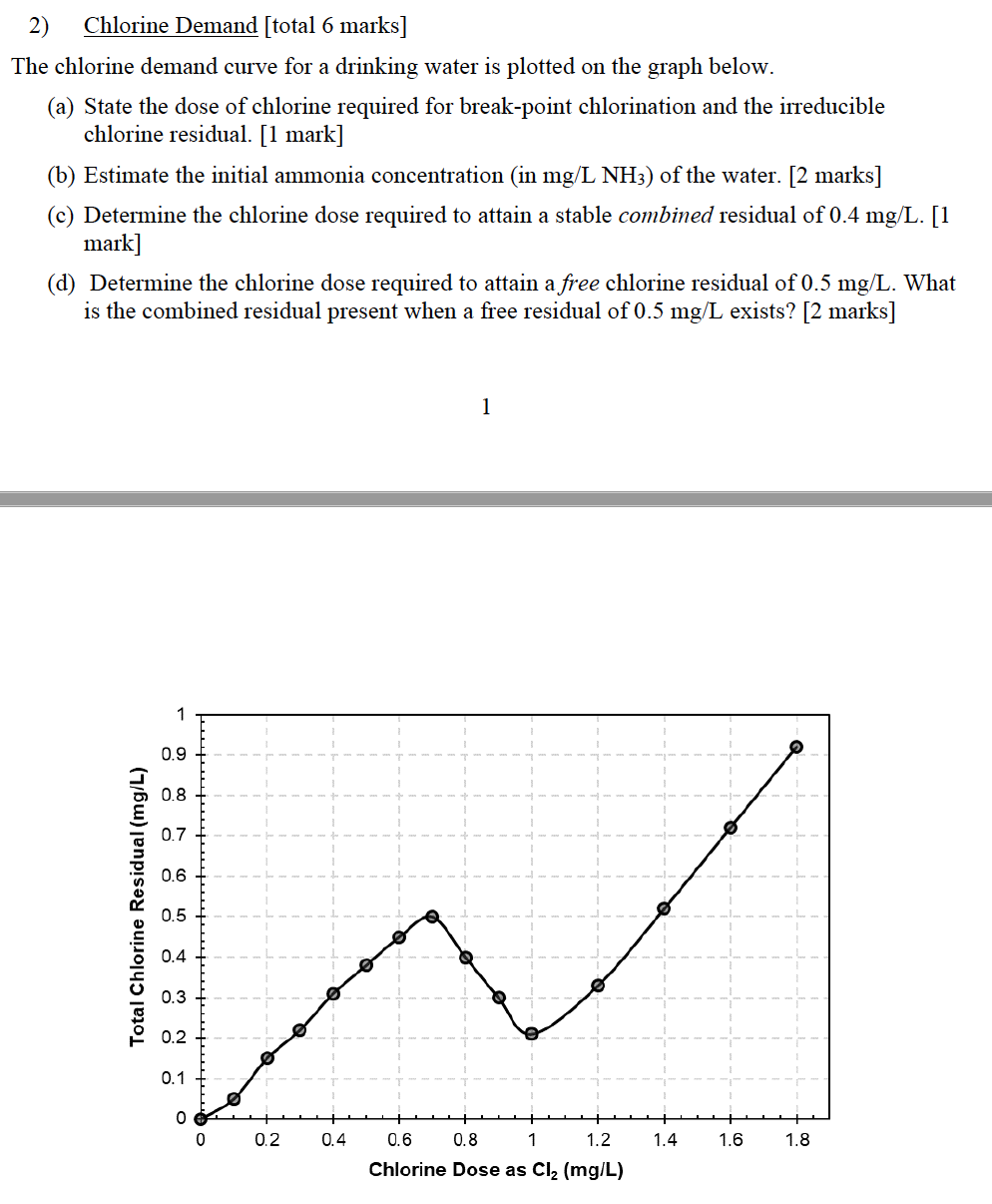
Solved 2 Chlorine Demand Total 6 Marks The Chlorine Chegg Com
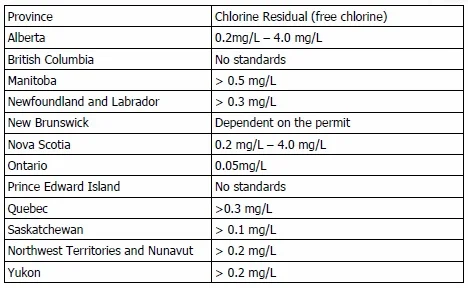
What Is Chlorination Safe Drinking Water Foundation

Does Granular Activated Carbon With Chlorination Produce Safer Drinking Water From Disinfection Byproducts And Total Organic Halogen To Calculated Toxicity Environmental Science Technology

Organic Chloramines In Chlorine Based Disinfected Water Systems A Critical Review Sciencedirect
